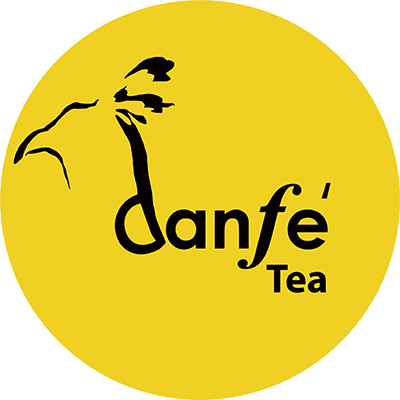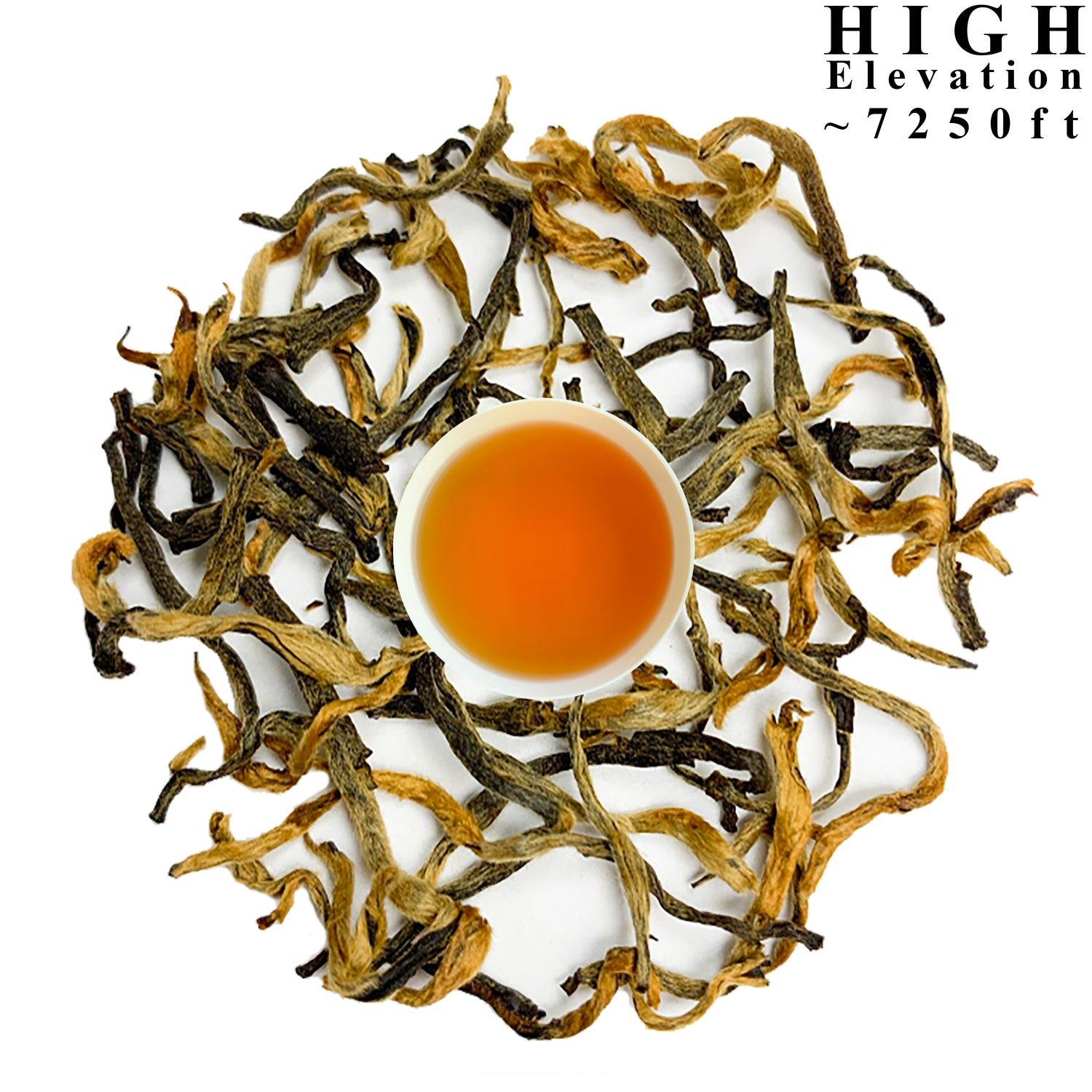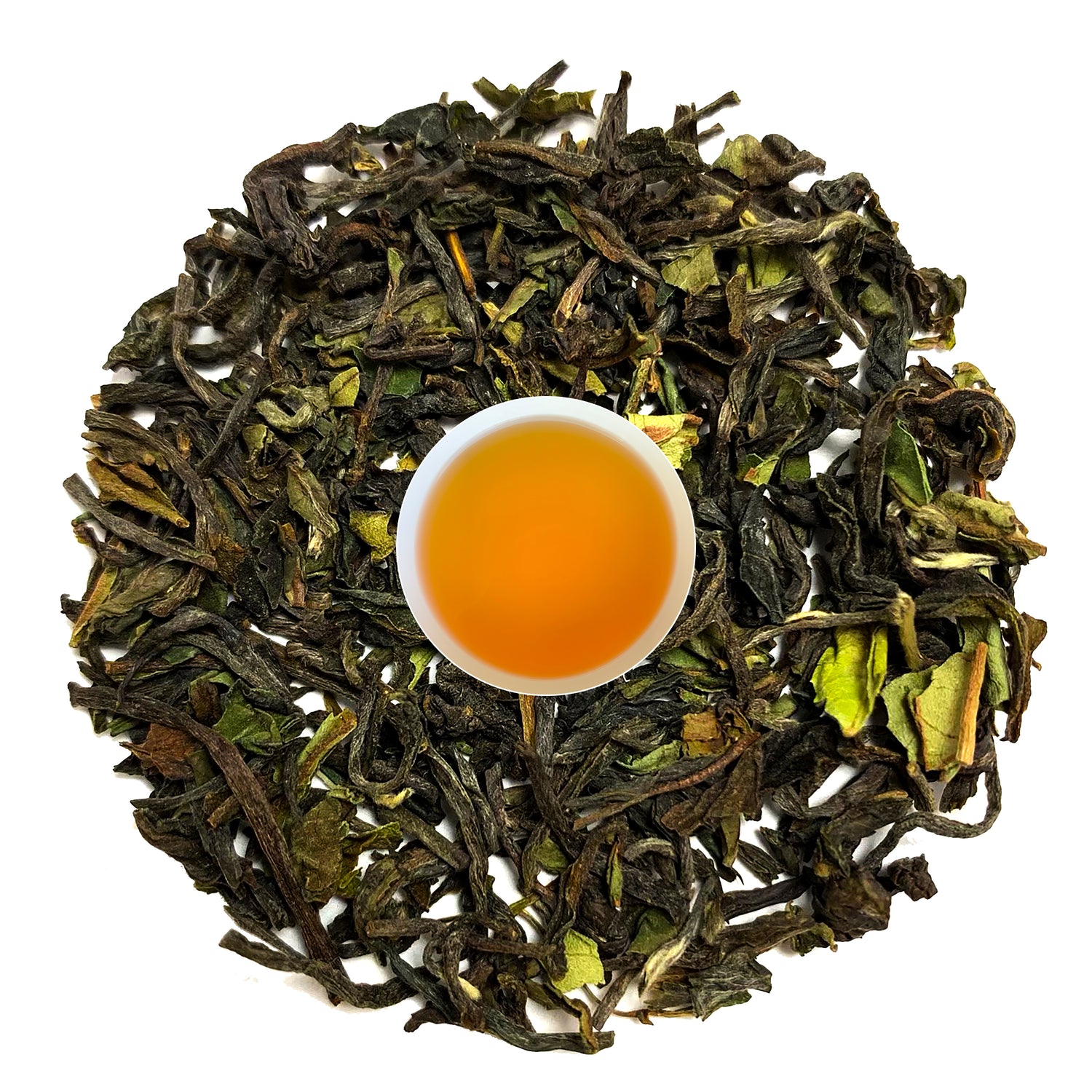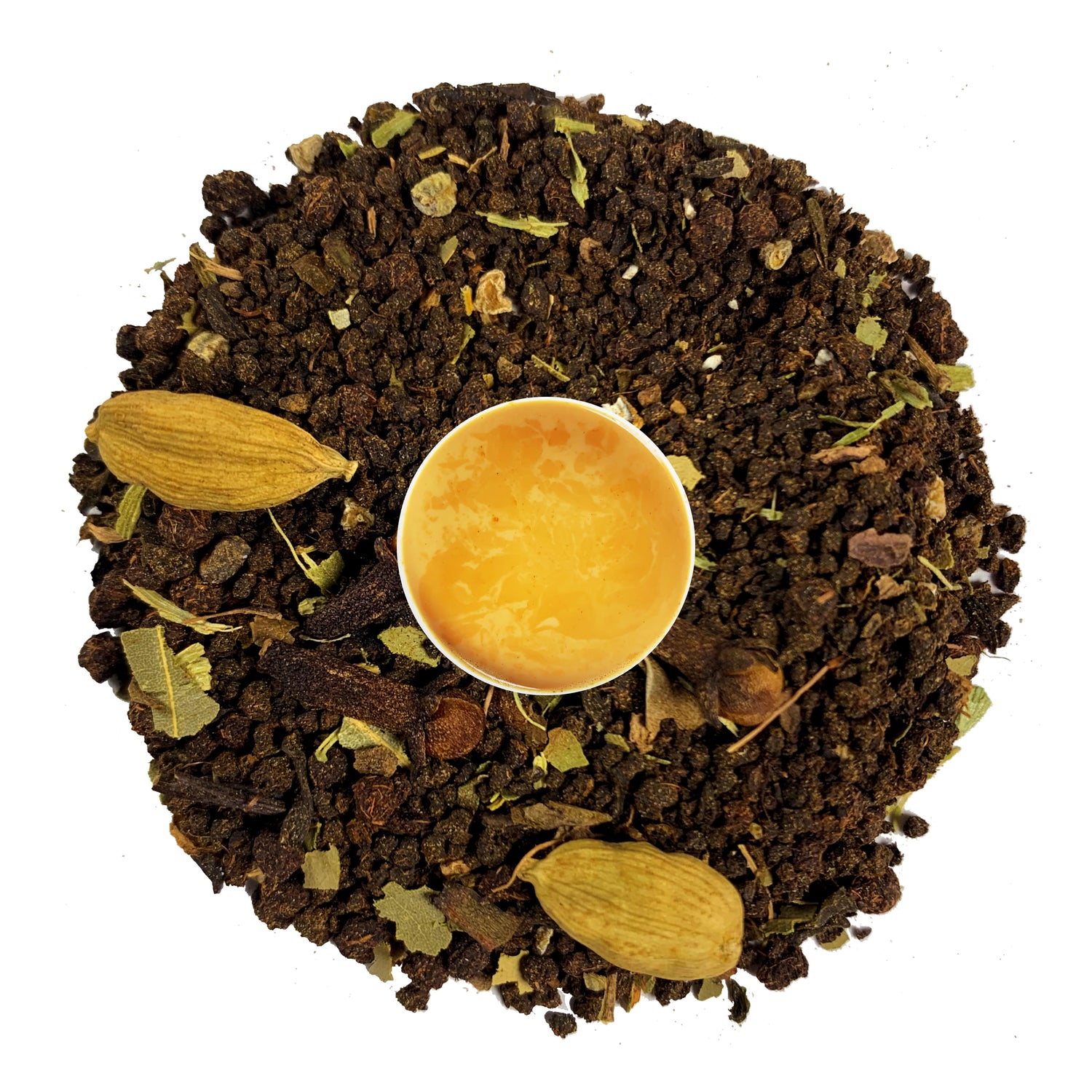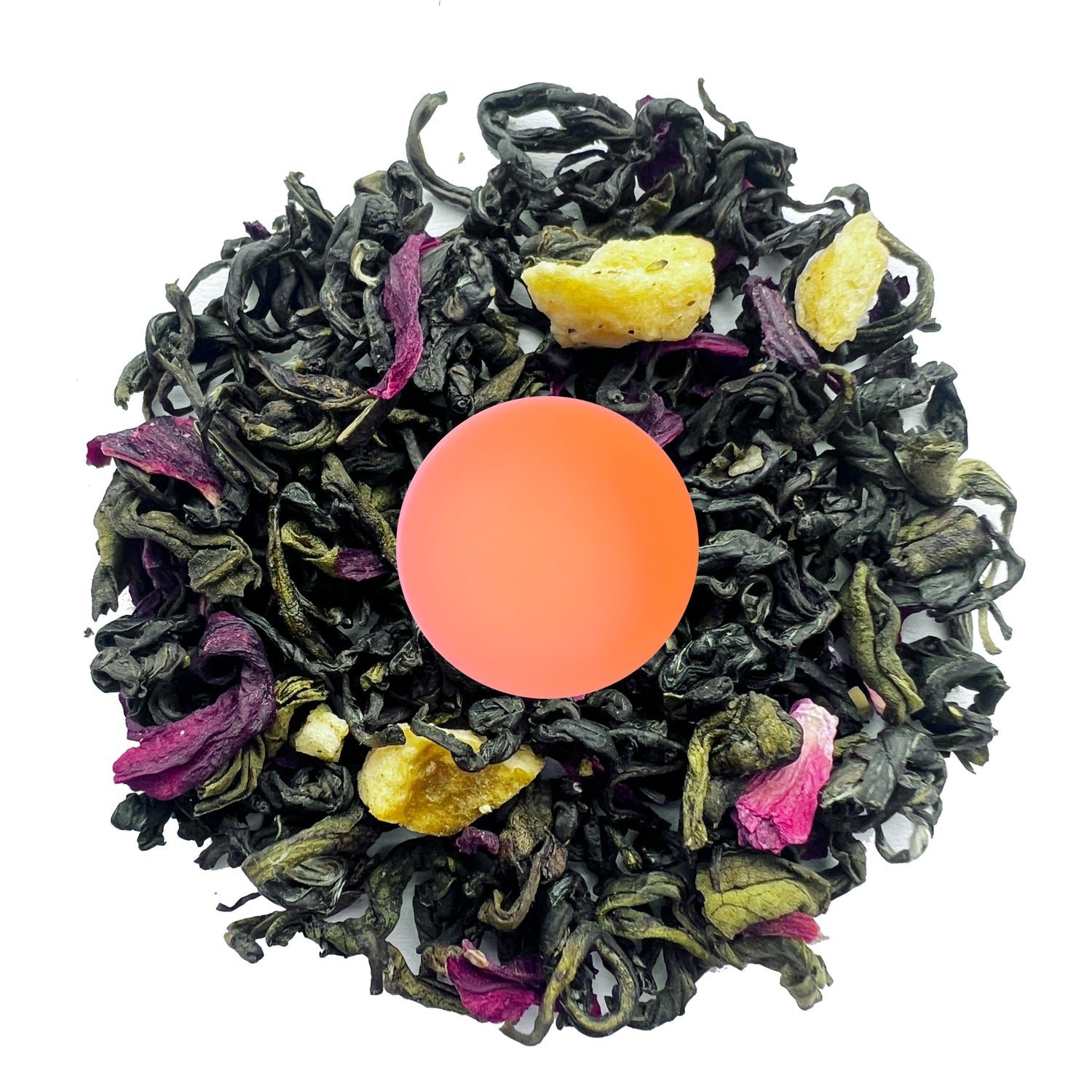
The Complete Guide to Himalayan Teas: Why Altitude Makes All the Difference
If you've ever wondered why tea lovers get so excited about Himalayan teas, here's the short answer: altitude changes everything. But the longer answer is way more interesting—and it's backed by solid science.
Tea grown in the Himalayan foothills of Nepal, particularly in regions like Ilam, Dhankuta, and Panchthar, faces conditions that would make most plants throw in the towel. Cold nights. Intense sunlight. Thin air. But here's the thing: these challenging conditions don't weaken the tea plants. They make them stronger, more flavorful, and packed with beneficial compounds.
Let's break down exactly what happens when tea grows on a mountain.
The Science Behind High-Altitude Tea: Why Mountain-Grown Tastes Better
You might think plants growing in harsh conditions would produce inferior crops. The opposite is true for tea. When tea plants face stress from altitude, they go into overdrive producing protective compounds—and these are the exact compounds that make tea taste amazing and offer health benefits.
What Altitude Does to Tea Chemistry
Catechins, the main beneficial compounds in tea, make up about 25% of a fresh tea leaf's dry weight. But here's where it gets interesting: the amount and type of these compounds change dramatically based on where the tea grows.
Research has shown something fascinating about temperature and altitude. At high altitudes, catechin production decreases while free amino acid content increases, leading to better taste balance. This might sound like a bad trade-off, but it actually creates the perfect flavor profile. You get less bitterness and astringency, with more sweetness and umami taste.
Think of it like this: a tea plant at sea level is comfortable. It doesn't need to work hard. But a tea plant at 6,000 feet in the Himalayas is fighting for survival—and that fight makes it produce more interesting, complex flavors.
The Polyphenol Advantage
Here's a number that tea scientists love to talk about: green tea from the Himalayas can contain between 10.75 to 13.37% polyphenol content. These polyphenols are powerful antioxidants that your body uses to fight everything from inflammation to aging.
But altitude doesn't just affect how much of these compounds you get—it changes which ones show up. High-altitude teas have been found to contain between 20-35% polyphenols by dry weight, with catechins making up over 70% of total polyphenols.
The cooler temperatures at elevation also play a role. Tea harvested from high-altitude areas has lower polyphenol oxidase activity compared to low-altitude tea, which means the beneficial compounds stay more intact during processing.
Why Himalayan Tea Tastes Different: The L-Theanine Effect
Ever notice how a good cup of tea makes you feel alert but calm at the same time? That's L-theanine at work—an amino acid that's almost exclusive to tea plants.
L-theanine makes up 1-2% of the dry weight of tea leaves, with the highest concentrations found in young buds and first leaves. This compound does something remarkable in your brain: it increases alpha wave activity, which indicates relaxation without drowsiness.
What makes Himalayan tea special in this regard? Simulated high-altitude conditions increase L-theanine content due to increased precursor contents and chloroplast protein changes. In plain English: mountain conditions make tea plants produce more of the good stuff.
The practical effect? Himalayan teas tend to have a smoother, sweeter taste with that characteristic umami quality that tea connoisseurs prize. Research shows L-theanine content varies by tea type: green tea averages 6.56 mg/g, white tea 6.26 mg/g, oolong 6.09 mg/g, and black tea 5.13 mg/g.
The Health Benefits: More Than Just a Good Cup
Let's talk about what all these compounds actually do for you. The health benefits of Himalayan tea aren't marketing hype—they're documented in scientific research.
Antioxidant Power
The EGCG catechin found in green tea has been shown to have anticarcinogenic properties and is considered a powerful polyphenolic antioxidant. EGCG is the superhero of tea compounds, and high-altitude Himalayan teas are rich in it.
What does this mean in practical terms? These antioxidants help protect your cells from damage, reduce inflammation, and may even help prevent certain chronic diseases. Studies have found that tea catechins and polyphenols are effective scavengers of reactive oxygen species and help protect DNA from damage by free radicals.
Mental Clarity and Calm
Remember L-theanine? Research shows it provides antioxidant, anti-inflammatory, neuroprotective, anti-cancer, anti-anxiety, metabolic regulatory, cardiovascular protective, liver and kidney protective, and immune regulatory effects.
That's a lot of benefits from one compound. But here's what you'll notice most: L-theanine works by elevating levels of GABA, dopamine, and serotonin in the brain, promoting relaxation and reducing anxiety.
Real-World Impact
A 200-ml cup of tea contains significant flavonoid content. Green tea averages 266.68 mg of total flavonoids per cup, while black tea contains 233.12 mg. These aren't trace amounts—they're substantial doses of beneficial compounds with each sip.
What Makes Nepal's Tea Regions Special
Nepal isn't just copying Darjeeling—though the two regions share similar geography. Nepal's tea-growing areas have their own unique characteristics.
The Geography Advantage
Nepal's tea is primarily grown in five districts in Eastern Nepal: Jhapa, Ilam, Panchthar, Dhankuta, and Terathum, with similar geographical and topographical conditions to Darjeeling. But there are key differences.
The biodiversity, topography, and organic matter-rich soil place Nepal tea in a unique position, with high-altitude teas having more flavor than low-altitude teas. The soil composition in these regions is particularly rich in minerals, giving Nepali tea its distinctive character.
Young, Vigorous Plants
Here's something many people don't know: Nepal's tea bushes are relatively young and grown at high altitude. Younger plants often produce more delicate, nuanced flavors. They haven't been over-harvested for decades, so they maintain vigor that translates into cup quality.
The abundance of fine hairy growth (pubescence) on the underside of leaves, buds, and sometimes stems gives Nepali orthodox tea its fine 'tippy' quality and precious flavors. Those silvery tips you see in premium tea? That's what creates the sweet, mellow notes.
The Nepal Tea Industry: Growing Recognition
Nepal's tea industry might be smaller than its neighbors', but it's punching above its weight in quality.
Production and Export Numbers
By mid-May 2025 of fiscal year 2024/25, Nepal exported tea worth Rs. 3.68 billion (approximately $27 million USD), with about 13,886 tonnes exported. While these numbers are modest compared to giants like India or China, they represent serious growth.
Between 2015-2019, the market for Nepal tea increased by an average of 12% per year, growing from $82.3 million in 2015. That's the kind of growth rate you see with products that are gaining recognition for quality.
The Quality Factor
Here's what's really exciting: Despite challenges, Nepal has a high and positive Normalized Revealed Comparative Advantage in the tea industry with a score of 334.62, providing competition to established countries like India, Sri Lanka, Bangladesh, Kenya, and Indonesia.
What this means: the world is noticing. Tea buyers and connoisseurs are seeking out Nepali tea not just as a Darjeeling alternative, but as a distinctive product in its own right.
Orthodox vs. CTC: Understanding Processing Methods
Not all tea from Nepal is the same. Understanding the processing method helps you choose the right tea for your taste.
Orthodox Tea: Hand-Crafted Quality
Orthodox tea is made using traditional methods that have been perfected over centuries. Leaves are withered, rolled, oxidized, and dried in small batches with careful attention to every step.
Orthodox tea, also known as hand-processed tea, is a specialty tea that represents only a small portion of Nepal's total tea production. But it's this orthodox tea that has gained international recognition for quality.
The result? Whole leaves that can be steeped multiple times, revealing new flavors with each infusion. You're tasting the tea leaf itself, not just the color and caffeine.
CTC: Different Purpose, Different Market
CTC (Crush, Tear, Curl) tea is the kind you typically find in tea bags. CTC tea dominates Nepal's market segment, primarily cultivated in the lowlands and catering mainly to domestic markets.
There's nothing wrong with CTC—it serves a purpose. It brews quickly, creates a strong cup, and works well with milk and sugar. But for tasting the complex flavors that altitude creates, orthodox tea is where Himalayan teas truly shine.
How Climate and Season Affect Your Cup
The same tea garden can produce completely different teas depending on when leaves are picked. This isn't just about freshness—it's about chemistry.
Seasonal Variations
Polyphenol content in tea shoots varies by season, reaching maximum levels during summer followed by pre-monsoon seasons, with the lowest production during monsoon due to heavy rainfall and fewer sunshine hours.
This explains why "first flush" spring teas are prized. They're picked after the plants have rested through winter, when they're bursting with new growth and concentrated flavors.
The Sunshine Effect
The variation in polyphenol levels between fresh tea shoots is influenced not just by temperature but also by day length and sunshine effects. More sun means more photosynthesis, which means more of those beneficial compounds we've been talking about.
In Nepal's high mountains, the intense sunlight at altitude—combined with cool temperatures—creates ideal conditions for flavor development. It's like the plants are working overtime during the limited hours they have optimal growing conditions.
Choosing Your Himalayan Tea: What to Look For
Now that you understand what makes Himalayan tea special, how do you choose one? Here are the key factors:
Altitude Matters
Look for teas from elevations above 3,000 feet. The higher, the better for complex flavors and beneficial compounds. Many premium Nepali teas come from gardens at 5,000-7,000 feet elevation.
Harvest Season
First flush (spring) teas are delicate and floral. Second flush (early summer) teas are more robust with developed flavors. Autumn teas offer mellower, mature character. Each has its appeal.
Orthodox Processing
For the full Himalayan experience, choose orthodox processed tea. You'll see whole leaves, sometimes with silvery tips. These teas reward patient brewing and multiple infusions.
Organic Certification
Nepali exporters meet international certification standards including USDA organic requirements. Look for proper organic certification if this matters to you—and it should, because Himalayan tea gardens often use minimal pesticides anyway due to the challenging growing conditions.
Brewing Himalayan Tea: Getting the Best Cup
You've invested in quality tea. Don't mess it up with poor brewing technique. Here's how to brew Himalayan tea properly:
Temperature Guidelines
- White Tea: 160-180°F (70-80°C)
- Green Tea: 170-180°F (75-80°C)
- Oolong Tea: 185-205°F (85-95°C)
- Black Tea: 200-212°F (93-100°C)
Himalayan teas can handle higher temperatures than some delicate teas, but don't use boiling water for greens and whites—you'll destroy the subtle flavors you paid for.
Steeping Time
Start with 2-3 minutes and adjust to taste. Himalayan orthodox teas can handle longer steeping without becoming bitter, thanks to that favorable amino acid balance. Most can be re-steeped 2-3 times, with each infusion revealing new character.
Water Quality
Use filtered water if your tap water has strong mineral content or chlorine. The pure mountain springs that feed Himalayan tea gardens create a flavor profile that city tap water can't replicate, but filtered water gets you close.
The Future of Himalayan Tea
Nepal's tea industry faces challenges—infrastructure, climate change, market access—but the future looks bright.
Nepal possesses 1.8 million hectares of land suitable for orthodox tea cultivation, yet only 20,237 hectares are currently under cultivation. That means there's enormous potential for growth without sacrificing quality.
The industry is also getting smarter about marketing. Nepal recently endorsed the collective trademark "Nepal Tea, Quality from the Himalayas" to increase credibility and assure competitive quality in the global market. This branding helps distinguish Nepali tea as its own category, not just a Darjeeling alternative.
Why You Should Care About Himalayan Tea
Here's the bottom line: Himalayan teas from Nepal offer something you can't get from most commercial teas. They're grown in one of the few places on Earth where climate, altitude, soil, and tradition come together perfectly.
The science backs up what tea lovers have known for years—that mountain-grown teas taste better and offer more health benefits. High-altitude green organic tea from Nepal is regarded as some of the best green tea in the world.
But beyond the science and the statistics, Himalayan tea offers an experience. It's a connection to mountain slopes you may never visit, to farmers working at elevations where most people get dizzy, to centuries of tea-making tradition.
When you steep a cup of Himalayan tea, you're not just making a beverage. You're experiencing what happens when plants fight for survival and win—creating something extraordinary in the process.
Frequently Asked Questions
Q: What makes Himalayan tea different from other teas?
A: Himalayan tea is grown at high elevations (3,000-7,000 feet) in challenging mountain conditions. This stress causes tea plants to produce higher levels of beneficial compounds and develop unique, complex flavors you won't find in tea grown at lower elevations.
Q: Is Himalayan tea the same as Darjeeling tea?
A: Not exactly. While Nepal's tea-growing regions border Darjeeling and share similar geography, Nepali tea has its own distinct characteristics. The soil composition, altitude, and younger tea bushes create a different flavor profile. Many connoisseurs consider Nepal's best teas equal to or better than Darjeeling.
Q: What's the difference between orthodox and CTC Himalayan tea?
A: Orthodox tea is hand-processed using traditional methods, resulting in whole leaves with complex flavors that can be steeped multiple times. CTC (Crush, Tear, Curl) tea is machine-processed into small particles that brew quickly and strongly, ideal for tea bags. For experiencing true Himalayan tea character, choose orthodox.
Q: Does altitude really affect tea's health benefits?
A: Yes, scientific research shows that high-altitude tea contains different levels and ratios of beneficial compounds compared to low-altitude tea. High-altitude Himalayan teas tend to have better amino acid profiles and more balanced catechin content, creating both better flavor and health benefits.
Q: How much caffeine is in Himalayan tea?
A: Caffeine content varies by tea type and processing method. Generally, black Himalayan tea contains 40-70mg per cup, while green tea contains 20-45mg per cup. High-altitude teas may have slightly lower caffeine content than low-altitude teas, contributing to their smoother, less jittery effect.
Q: What's the best time of day to drink Himalayan tea?
A: Thanks to the L-theanine content, Himalayan tea provides alert relaxation without the jitters. Many people enjoy black tea in the morning for gentle energy, green or white tea in the afternoon for sustained focus, and oolong in the evening for relaxation without drowsiness.
Q: How should I store Himalayan tea?
A: Store your tea in an airtight container away from light, heat, moisture, and strong odors. Properly stored, orthodox Himalayan tea maintains its quality for 12-18 months, though it's best enjoyed within 6 months of purchase for peak flavor. Some aged oolongs and blacks actually improve with careful storage.
Ready to experience the difference that altitude makes? Explore our collection of authentic Himalayan teas from Nepal's finest tea gardens. Each tea is hand-selected for quality and sourced directly from small-scale farmers in Ilam, Panchthar, and Dhankuta.
Whether you're new to Himalayan tea or a seasoned connoisseur, we have the perfect tea for your palate. Browse our USDA Organic certified collection and taste what mountain-grown tea is supposed to be.
